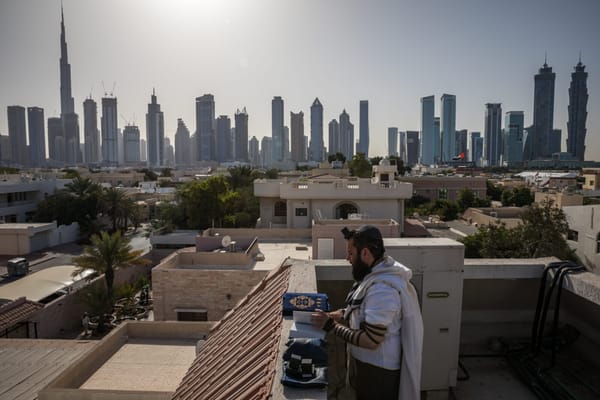Arms Supplies and Military Spending in the Gulf
While not as great as it had been in the recent past, the role of arms and military spending in the societies and economies of the Gulf states is still much larger than in any other area of the world. It was not until after the Iran-Iraq War and the 1991 Gulf war that these states felt that they cou









